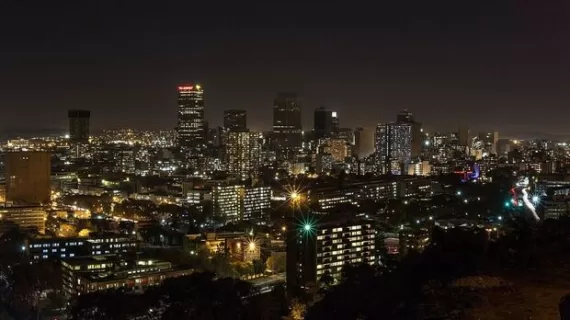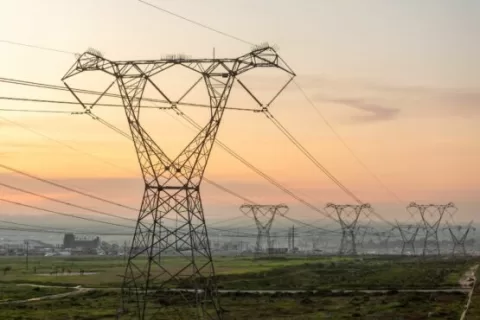Mission 300 is a World Bank and Africa Development Bank-funded program that aims to ensure electrification in Africa. The program is already making strides as it has begun the process of sourcing potential projects that qualify for funding. Furthermore, the program aims to bring electricity to 300 million Africans by 2030. It also seeks to generate over $90 billion in funding from public funds, concessional finance, and commercial investments. These ambitions are under efforts to support electrification across sub-Saharan Africa through clean energy solutions. Earlier last week, non-governmental organizations joined forces to help propagate this endeavor. Organizations such as the Rockefeller Foundation, Global Alliance for People and Planet, and Sustainable Energy for All announced the formation of a technical assistance facility. The facility is expected to be essential in evaluating projects and securing funding for those that qualify under Mission 300.
Key Points of the Mission 300 Project
Significance: Ensure that 300 million Africans are connected to electricity by 2030.
Organizations Involved: Rockefeller Foundation, World Bank, Africa Development Bank, etc.
Project duration: 6 years
Estimated Cost of Project: U.S. $90 Billion
The State of Affairs Regarding Mission 300

Mission 300 is proving to be a fundamental energy program that various organizations seem to take an interest in. Through endeavors such as implementing a technical facility, the program is ensured to be viable. “The technical assistance facility is intended to support the World Bank and Africa Development Bank in accelerating their ambitious electrification initiatives across sub-Saharan Africa, “ said Rajiv Shah, President of the Rockefeller Foundation. She also noted that “Every project starts with a single payment. The technical assistance facility is designed to help the World Bank and AfDB jump-start their ambitious electrification plans throughout sub-Saharan Africa.
Woochong Um, CEO of GEAPP, emphasized the need to “ensure the creation of bankable projects that generate impact and offer commercially viable returns.” Furthermore, the aim of Mission 300 is to split the $90-billion needed in funding equally between public funds, concessional and philanthropic finance and commercial commitments. Possible sources include the International Monetary Fund’s Resilience and Sustainability Trust and re-channeled special drawing rights, which are reserve assets issued by the IMF to its members.
Also read:
The Significance of the Multi-billion-dollar Initiative in Africa
Mission 300, if successful, would bring power to half of the 600 million Africans who do not have access to electricity. The continent accounts for about three-quarters of those without power globally, with South Sudan, Burundi, and Chad having electrification rates of less than 12% of their populations. That limits productivity and hampers economic growth in some of the poorest nations on earth. “We have seen stagnation in getting electricity to more Africans over the last 15 years,” noted Ashvin Dayal, who heads the Rockefeller Foundation’s power and climate program. “This is for us the defining climate and development challenge for the continent over the next 20 years.”

The Rockefeller Foundation and GEAPP are organizations that founded projects such as the Bezos Earth Fund and the Ikea Foundation in 2021. The organizations are using an initial $ 10 million to help 15 projects across 11 African countries, ranging from Burkina Faso to Mozambique, get off the ground. Mission 300 will focus on clean-energy provision through technologies such as mini-grids. Moreover, an example of a project that Mission 300 could pursue is the DARES project in Nigeria. The World Bank allocated $ 750 million to expand the deployment of rooftop solar and mini-grids to bring electricity to 17.5 million people in the nation, where about 85 million have no access to power.
Also read:

Leave a Reply